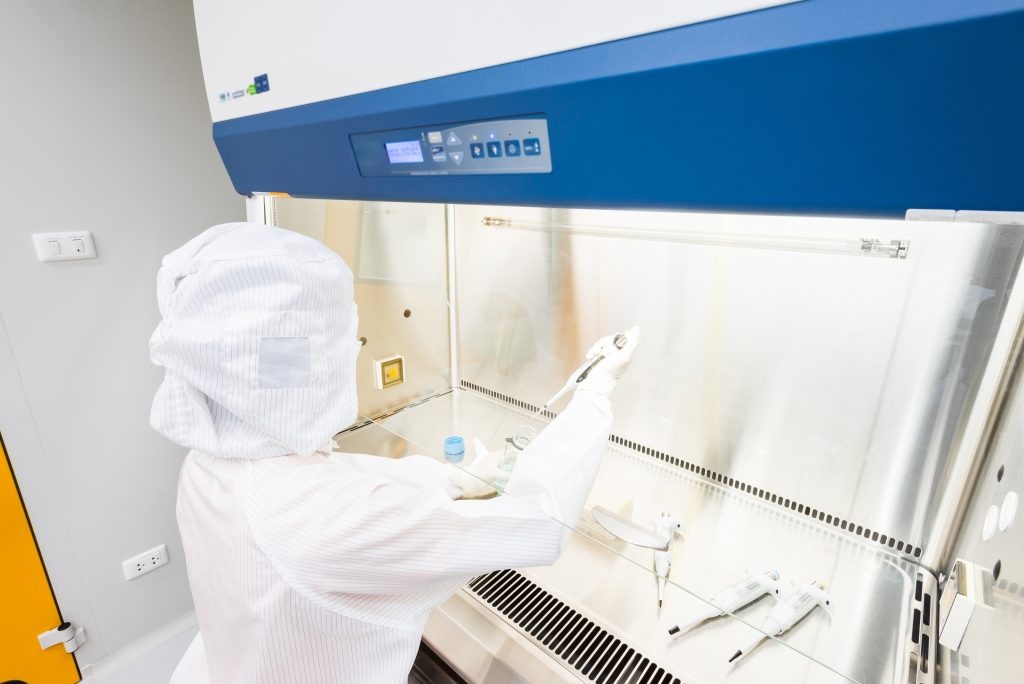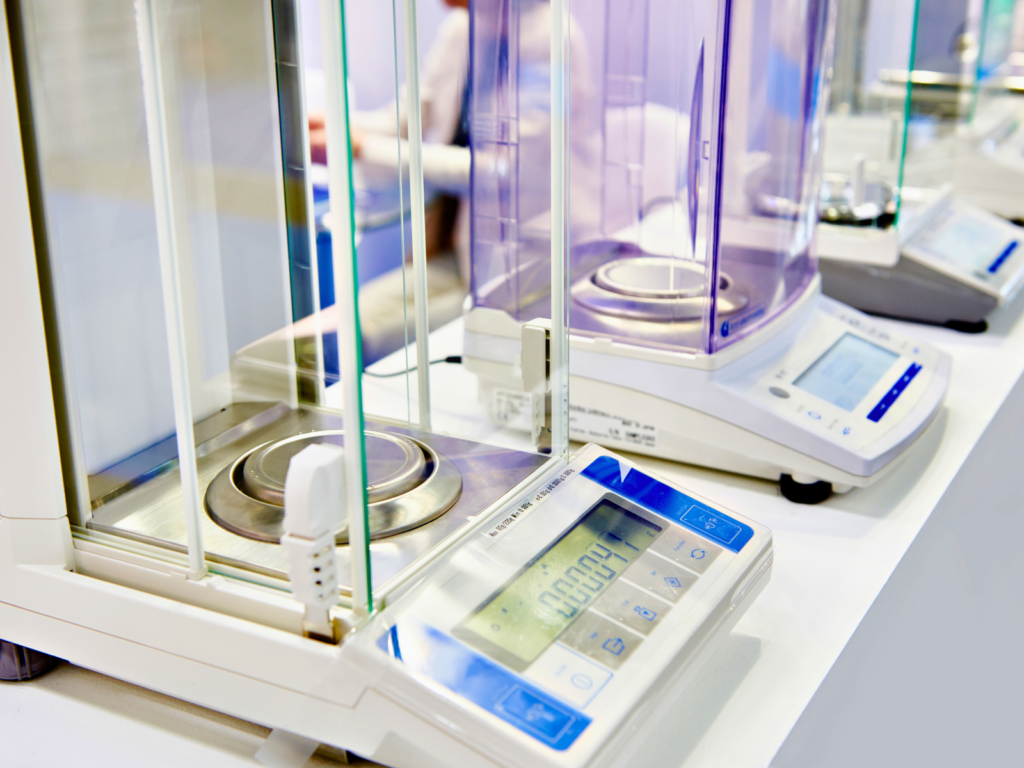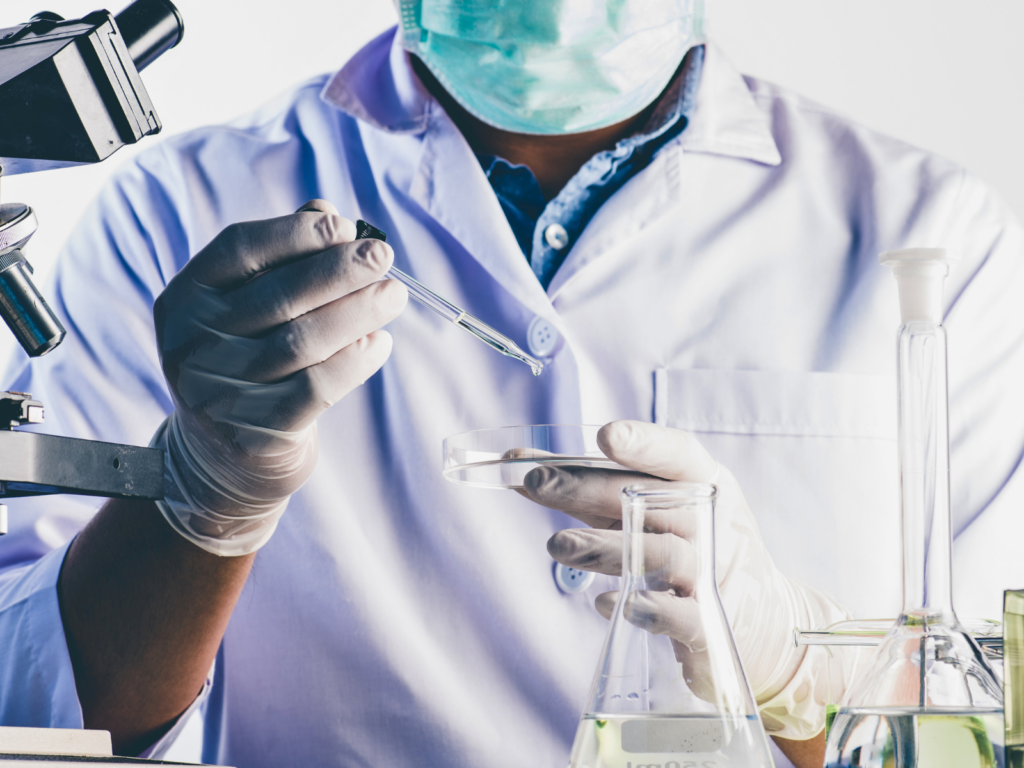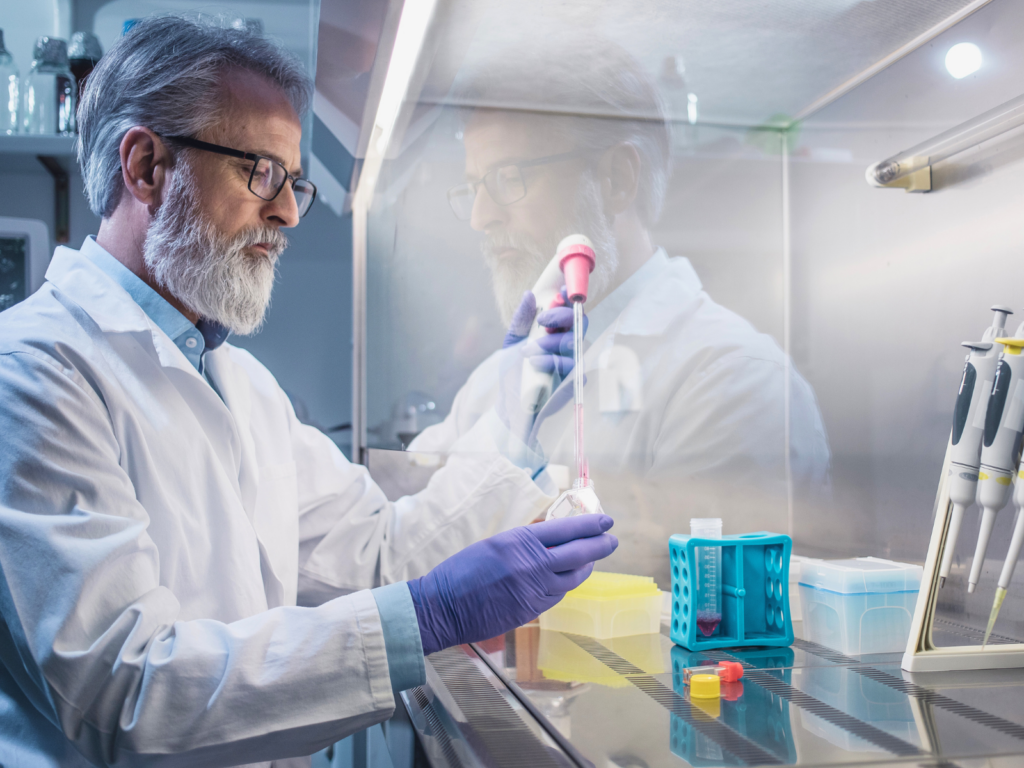Cleanrooms are controlled environments designed to filter and limit airborne microbes, pollutants, and aerosol particles to provide a clean area.
They also control temperature, airflow, and humidity. Various industries require cleanrooms and they are classified into different levels.
Allometrics offers USP 797 and USP 800 cleanroom certification and testing services and documents the testing performed, as required, on a certification report for secondary engineering controls (SECs).
Terminology and information included in a certification report can be difficult to interpret. Clients often ask for assistance in understanding cleanroom certification reports to ensure that testing has been adequately carried out and that applicable requirements comply with engineering control certification.
Documenting every step taken during a certification process is crucial, including testing methods, criteria, and procedures. All aspects of the data need to be included and explained in the report for regulatory inspectors to determine the accuracy and reliability of the results.
Allometrics’ certification and testing services consist of the following:
- Certification and testing for ISO Class 5 Primary Engineering Controls (PECs)
- Certification of buffer areas and anterooms which includes: airborne particle counting, air exchange rates, temperature, humidity monitoring, airflow volume, and velocity profiling, room pressurization monitoring, and HEPA filter integrity testing
- Onsite videotaped airflow pattern visualization i.e. smoke studies
- Isolator Performance Qualification
- Airflow and pressure testing for hazardous drug preparation and storage areas
- Environmental Monitoring (EM) of PECs and SECs of both air and surfaces
- Repair services for biosafety cabinets, clean benches, isolators, and cleanrooms
Particle count testing designates the room’s specific ISO classification. This test must be performed under dynamic conditions. This aspect will be clearly indicated in the detailed report, specifiying the room area, sample volume, and time.
Airflow testing, for example, includes measurements in cubic feet per minute (CFM) that must be taken and reported on each HEPA filter. The total CFM for each filter is then added and divided by the volume of the room and multiplied by 60 to calculate the air changes per hour (ACPH).
Details of aspects such as the dimensions used to measure the room volume will be thoroughly outlined in the report to confirm results.
There are other forms of measuring airflow, nevertheless it is essential to document all methods and procedures used during testing properly.
Results may vary depending on the measuring system used, prompting the need for a correction factor (kv) to calculate the final value designated in the report.
When testing HEPA filters to ensure they are working correctly, the report needs to include details of any repairs, including the method used, the patch size, and location.
Certification reports also serve as a reference for future testing services. It is vital that you closely associate with a company with experience in cleanroom certification and testing services.
Allometrics employs NSF Accredited Technicians and CETA Registered Cleanroom Certification Professionals (RCCP-SCF) for all USP 797 and USP 800 cleanroom certification and testing services.
Do not hesitate to ask all the questions you need to ensure you understand the reporting provided by us and the methods used. Our technicians are always available to clarify or explain any of the information contained in your cleanroom certification report.
Contact us today for your free quote!






